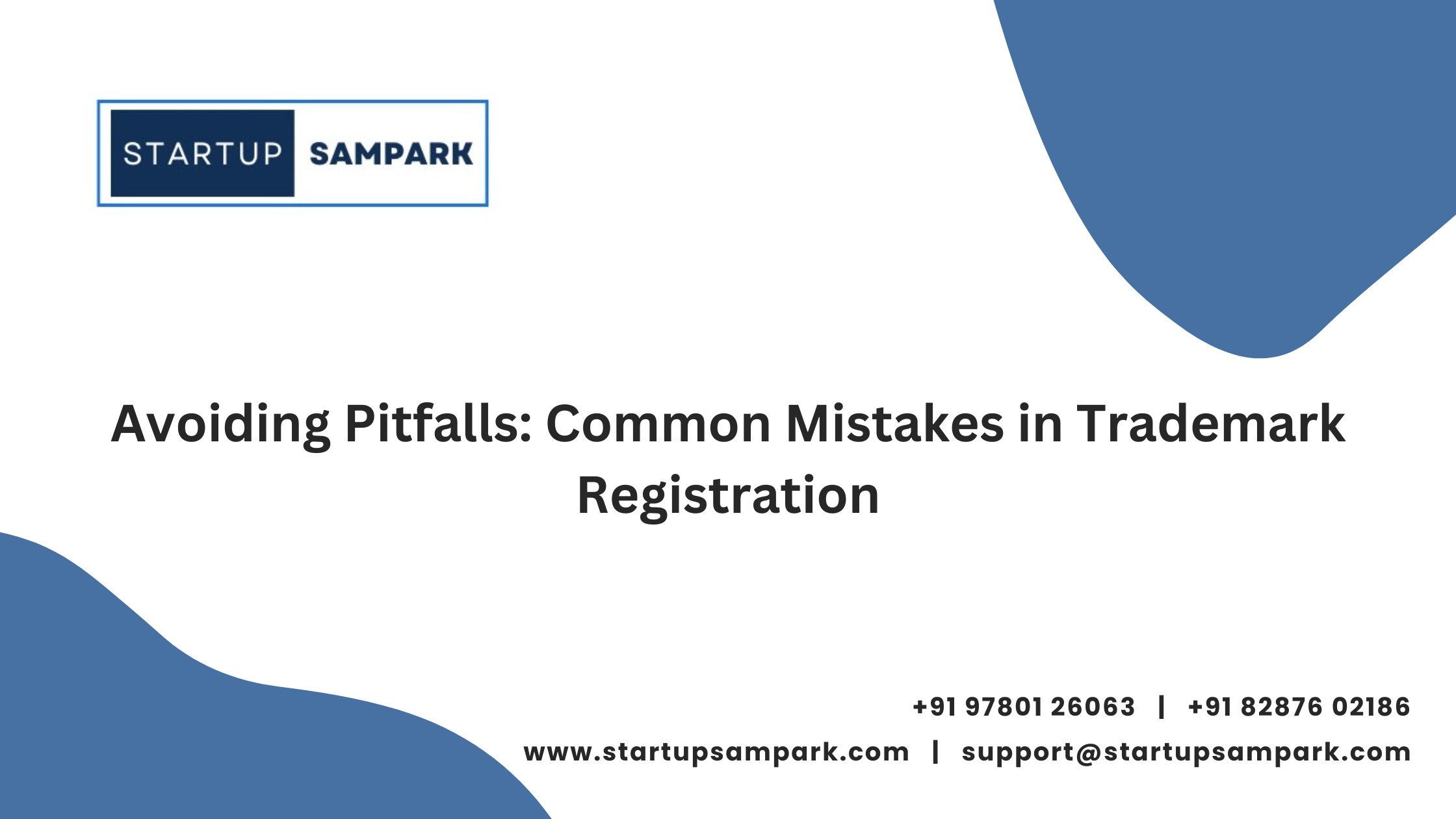Avoiding Pitfalls: Common Mistakes in Trademark Registration
Trademark registration is a vital process for securing exclusive rights to a brand’s identity, but it’s easy to make mistakes that can jeopardize the effectiveness and validity of the registration. Avoiding these common pitfalls is essential to ensure that the trademark registration process goes smoothly and provides the protection your business needs.
One of the most frequent mistakes in trademark registration is failing to conduct a comprehensive search before filing the application. Many businesses overlook this critical step, assuming that their desired trademark is unique without checking existing trademarks. A thorough search involves examining national and international databases to identify any similar marks that might conflict with yours. If a similar trademark already exists, your application may be rejected, or you could face legal disputes if the mark is granted and later found to be too similar to an existing one.
Another common error is choosing a trademark that is too generic or descriptive. For a trademark to be registered, it must be distinctive and capable of identifying the source of goods or services. Generic or overly descriptive terms are not eligible for registration because they do not sufficiently differentiate your brand from others. Instead, focus on creating a trademark that is unique and imaginative, making it easier to protect and enforce.
Inaccurate or incomplete information on the trademark application is another significant pitfall. When filing for trademark registration, it is crucial to provide precise details about the trademark, including its exact representation, intended use, and the goods or services it will cover. Errors or omissions in this information can lead to delays, rejections, or complications during the examination process. Always double-check the application to ensure all details are accurate and complete.
Failing to monitor the trademark registration process and respond to office actions promptly can also be detrimental. During the trademark registration process, the trademark office may issue office actions requesting additional information or raising concerns about the application. Ignoring these communications or delaying responses can result in your application being abandoned or rejected. It is essential to address any issues or requests from the trademark office promptly to keep the registration process on track.
Another mistake to avoid is neglecting to properly specify the goods or services associated with the trademark. The trademark registration should clearly describe the products or services for which the mark will be used. A broad or vague description can lead to difficulties in enforcing the trademark and may limit its protection. Ensure that the goods or services listed are accurately and specifically defined to provide clear protection for your mark.
After successfully registering a trademark, it is crucial to maintain and enforce it properly. Many businesses fail to renew their trademarks or neglect to monitor for potential infringements. Trademark registration requires periodic renewals to keep the protection active. Additionally, it’s essential to actively monitor the market for any unauthorized use of your trademark and take action against infringements. Failure to enforce your rights can result in losing the protection granted by the trademark registration.
Lastly, some businesses overlook the importance of legal assistance in the trademark registration process. While it is possible to navigate the process independently, seeking the guidance of a trademark attorney can help avoid many of the pitfalls mentioned. An attorney can provide valuable advice on choosing a distinctive trademark, conducting searches, preparing the application, and handling any issues that arise during the registration process.
In conclusion, avoiding common mistakes in trademark registration involves careful planning, accurate and complete applications, and proactive management. By conducting thorough searches, selecting distinctive marks, providing precise information, responding to office actions promptly, and maintaining your trademark effectively, you can ensure that your trademark registration provides robust protection for your brand.














Post Comment